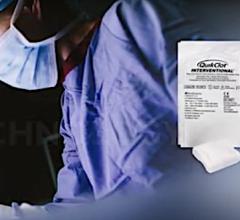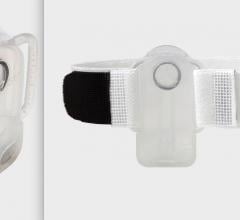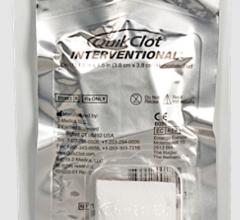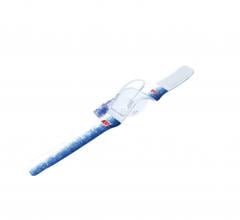
May 18, 2011 - Arstasis announce the U.S. launch of its latest commercial product - the Axera Access Device. The Axera Device enhances insertability into the femoral artery and overall procedural usage while continuing to deliver the clinical benefits of the implant-free arstaotomy procedure. Since 1959, physicians have been using the Modified Seldinger Technique for femoral artery access. At the end of every such case, patients are left with a substantial hole in the femoral artery, which can command significant effort and cath lab resources to close. The Axera Access Device is a breakthrough femoral artery access tool that quickly creates a longer and shallower angle arteriotomy, the arstaotomy, resulting in significant tissue-upon-tissue overlap through the artery. Upon sheath removal at the end of the procedure, arterial pressure is decreased across this longer arstaotomy channel intended to provide an excellent environment for clot formation and rapid femoral artery hemostasis. The Axera Device's arstaotomy procedure requires only minimal manual compression to provide secure closure with no foreign body implants, eliminating the risk of infections and thromboembolic events related to a vascular implant. The arstaotomy procedure promotes rapid hemostasis, resulting in excellent patient comfort with decreased bed rest and quicker ambulation. "The Axera Access Device delivers a truly unique way to gain access into the femoral artery for diagnostic and cath-possible procedures," said Dale Wortham, M.D., from the University of Tennessee Medical Center, Knoxville. "Unlike vascular closure implants, the Axera Device delivers rapid arterial hemostasis but does not deposit any foreign material into the patient. Our results have been excellent with patients generally sitting up in 15 minutes and ambulating in 1 hour. It really has improved our cath lab throughput and patient satisfaction." Physicians have also been noting that the new Axera Device allows them to perform arstaotomy procedures in almost all patients, instead of having to potentially exclude patients with complex anatomy. "In my opinion, all patients are candidates for the Axera Access Device. The new Axera Device is sturdier and allows me to more easily gain femoral artery access, even in the more complicated patient subsets of the obese and those with heavily diseased vessels," said Greg Sampognaro, M.D., a practicing interventional cardiologist at the P&S Surgical Hospital in Monroe, La. Patient enrollment continues in the RECITAL study, a multi-center, prospective registry that is overseen by a medical monitor and anticipated to enroll up to 500 patients in at least seven U.S. hospitals. For more information: www.arstasis.com.


 October 27, 2021
October 27, 2021 






